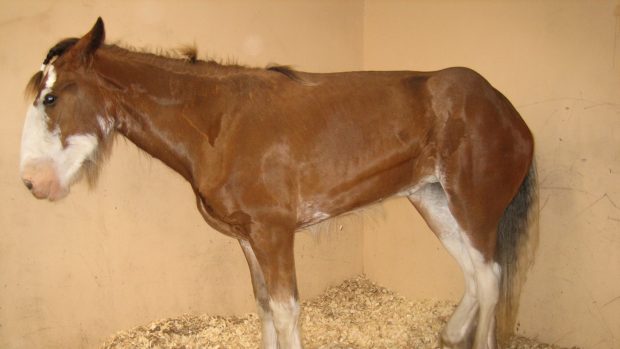Hundreds of horses in Britain are affected by grass sickness every year. The disease can cause sudden-onset colic symptoms or can manifest as a more insidious onset wasting disease. The acute form of the disease (colic signs) has a mortality rate of more than 90%.
Scott Pirie from Edinburgh Veterinary School gave an update at the British Equine Veterinary Association’s annual conference of how our current understanding of the disease can be translated into disease prevention measures.
This information is particularly helpful for the owners of premises that have previously given rise to grass sickness cases. It can help them to decrease the risk of the disease occurring again.
Two horse-related risk factors for grass sickness are age and contact with previous cases of grass sickness. Young horses (two to seven years old) are particularly susceptible to the disease so, if possible, it is advisable not to graze young horses on premises or pastures that have previously given rise to grass sickness cases.
Horses that have grazed pasture that has given rise to a grass sickness case, but have not suffered the disease themselves, are likely to be highly resistant to grass sickness. This is information that may reassure the owners of horses sharing fields with grass sickness cases.
A number of management practices have also been identified which can help to decrease the risk of disease occurring:
- feeding forage (hay or haylage) throughout the high-risk spring period
- avoiding mechanical disturbance of land (for example excavation for building work)
- avoiding mechanical lifting of droppings
- avoiding the intensive use of worming drugs
These are simple guidelines which scientific evidence suggests will decrease the risk of grass sickness.
Work is currently underway to manufacture and test a vaccine designed to protect against bacterium Clostridium botulinum, which has been implicating in the disease, and to test whether it protects horses against grass sickness. It won’t be available next year but veterinary scientists, with the support of funding bodies, are working towards this outcome.
|
||
 |
||


 Get up to 19 issues FREE
Get up to 19 issues FREE TO SUBSCRIBE
TO SUBSCRIBE 



